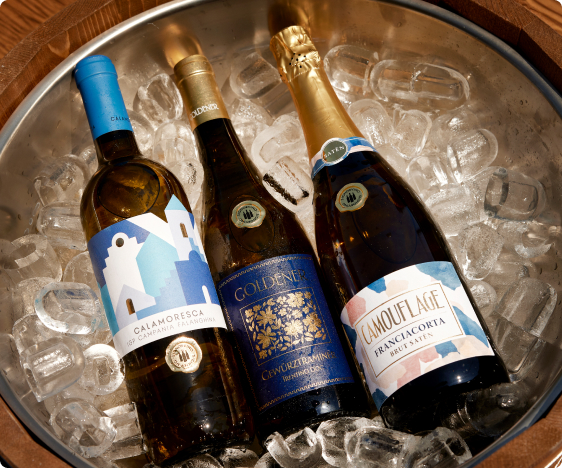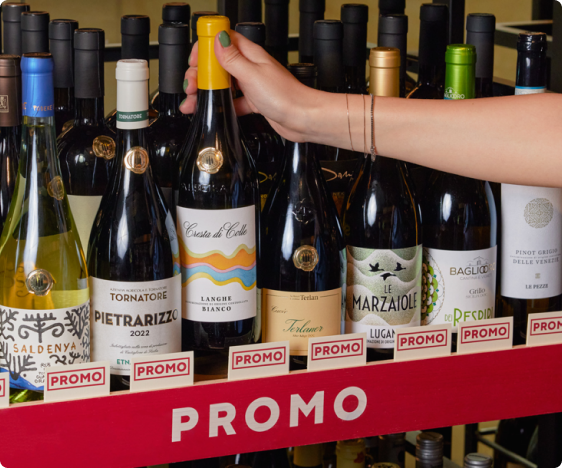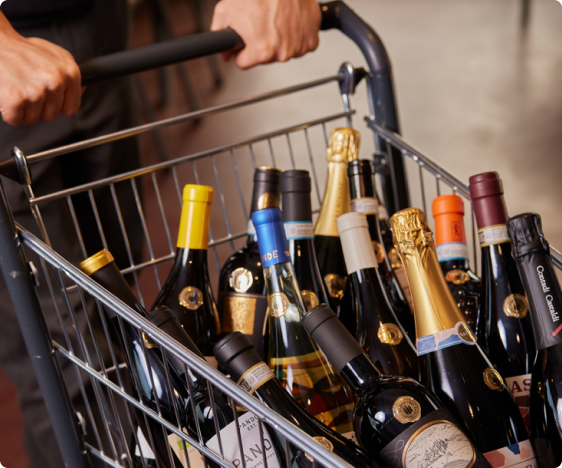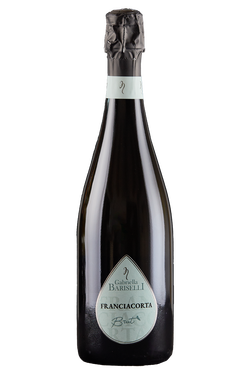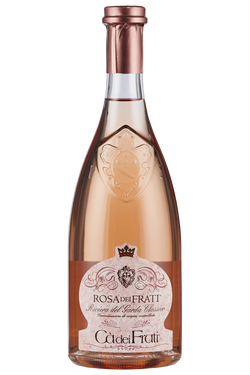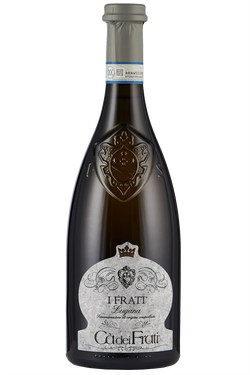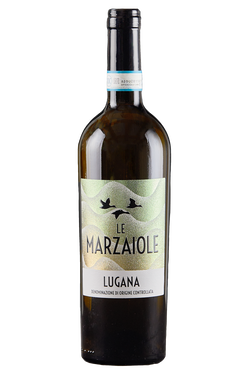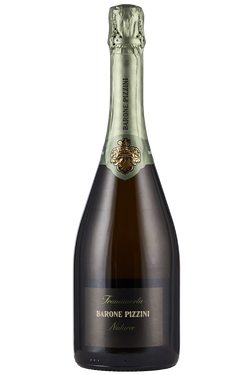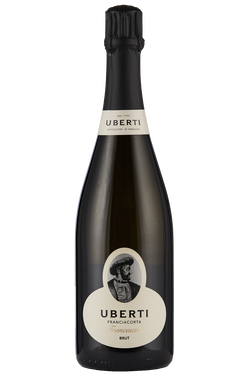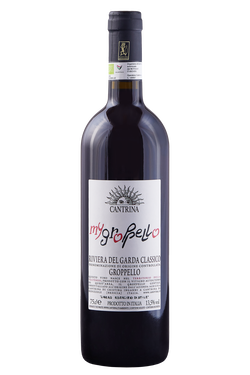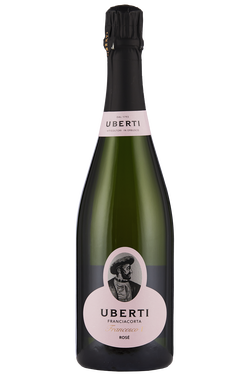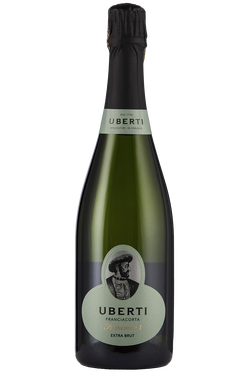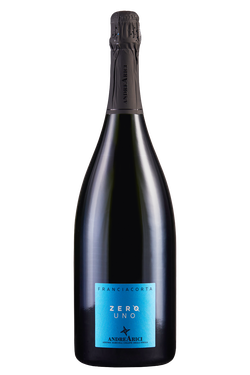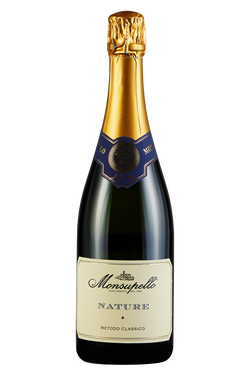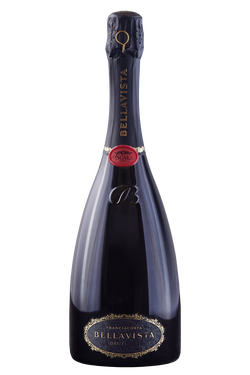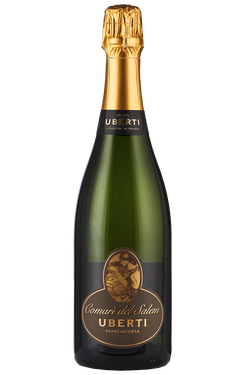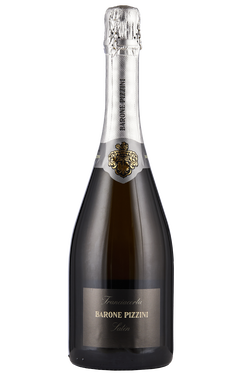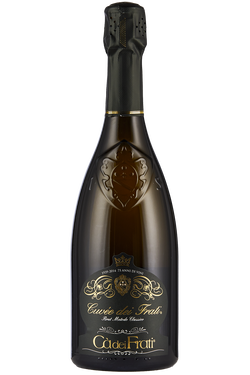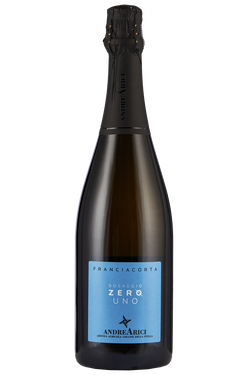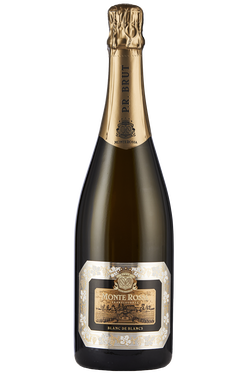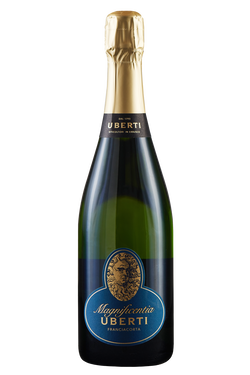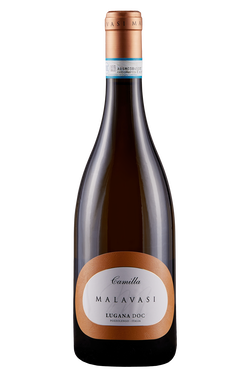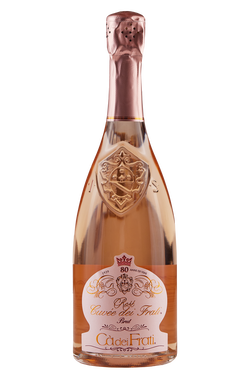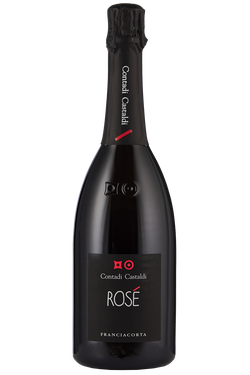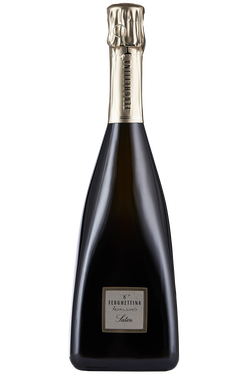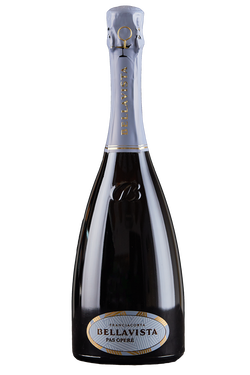- Wines >
- Lombardy
The history of Lombardy’s wines
In Lombardy, they started cultivating grape varieties in prehistoric times, in the Bronze Age, in fact. However, it was with the arrival of the Etruscans and the Roman domination that some cultivation techniques were adopted and consolidated generation after generation. French wine-producing techniques were very important for the production of Chiaretto wine, with a subsequent desire to try new cultivation and pruning techniques. After an unfortunate pause due to the presence of phylloxera that caused various native grape varieties to die off, the cultivation of Lombardy’s vineyards came back stronger than ever. As we have explained, Lombardy is a distinctive territory from a geological perspective. The grape varieties cultivated there still vary depending on the different areas in the region. For example, in the mountainous terrain of Valtellina, the main grape variety isNebbiolo, also called Chiavennasca, along with Pignola, Rossola, and Brugnola. In the flatter area of Oltrepò Pavese, you can find theBarbera, Croatina, Bonarda, and Uva Rara grape varieties. Well known white grape varieties include Riesling Italico,Moscato, andMalvasia. In total, Lombardy’s wine-growing area spans 22,500 hectares, of which 12,100 hectares (54%) are dedicated to white grape varieties and 10,300 (46%) are dedicated to black grapes.
Lombardy’s wine designations
Lombardy’s wines boast 5 DOCG, 23 DOC and 15 IGT designations. Some of the most famous DOCG designations are Sforzato della Valtellina, also known as “Sfursat”, and Valtellina Superiore DOCG. The plains, and particularly the Oltrepò Pavese area, stand out for the production of the Oltrepò Pavese Metodo Classico DOCG sparkling wine, as well as the Franciacorta DOCG. Lombardy’s DOC designations also include the Curtefranca DOC, consisting of wines like Cabernet Franc, Cabernet Sauvignon, Merlot, and the Garda DOC, Colli Mantovani DOC, and Bonarda dell’Oltrepò Pavese DOC zones. Bonarda dell’Oltrepò Pavese should not be confused with the Bonarda grape – it is a red wine produced in an area of the Pavia province, born in 1970 but only recognised as a designation in 2010. Mostly composed of Croatina, Barbera, Vespolina, and Uva Rara, it can be produced in still, semi-sparkling, dry, semi-sweet or sweet versions. All the versions are clean, bright wines, ruby red in colour with violet reflections, and with medium-to-good consistency. The nose is refined, intense, ungrafted, penetrating, and winy with fruit-rich morello cherry and blackberry notes.
Franciacorta DOCG
Wonderful morainic hills scattered with vineyards, cultural and historical sites that stretch for 200 kilometres, covering 19 municipalities: this is Franciacorta, an area of Lombardy in the Brescia province. The Franciacorta DOCG Metodo Classico sparkling wine designation, which is currently one of Italy’s most popular wine designations across the world. The grapes cultivated and used are Chardonnay, Pinot Noir, one part Pinot Blanc, and a tiny amount (<10%) of Erbamat. The Franciacorta DOCG consists of two main grapes that dominate, Chardonnay and Pinot Noir, while Pinot Blanc accounts for up to 50%. It rests on the lees for a minimum of 18 months, its colour is straw yellow and the aromas range from classic bread crust notes to citrus hints, often accompanied by pleasant white fruit notes. Franciacorta Rosé: this type needs a minimum of 35% Pinot Noir, a maximum of 65% Chardonnay, and up to 50% Pinot Blanc. The colour is produced by a slight maceration on the skins of the Pinot Noir with the must, it rests on the lees for a minimum of 24 months, it reveals various shades of pink in the glass and aromas reminiscent of the structure of Pinot. Franciacorta Satèn, the delicate sparkling wine: a minimum of 50% Chardonnay and maximum 50% Pinot Blanc for a sparkling wine with more delicate and fruity aromas and a more refined and subtle perlage, which makes this a silky wine with a velvety palate.
Lombardy’s wines: Bardolino Rosso and Chiaretto
Il Bardolino is a wine obtained from the Corvina, Rondinella, and Molinara grapes, produced in red and rosé versions (the designation is Chiaretto) on the morainic hills on the western banks of Lake Garda. Bardolino Rosso is bright ruby red in the glass, with fruity, fragrant aromas: notes of cherry and morello cherry, strawberry, raspberry and currants, hints of sweet spices and a light, black pepper finish. Soft and dry, Bardolino is a quintessential young and lively wine with a slightly salty finish. Chiaretto is the rosé version of Bardolino obtained through rosé vinification and minimal maceration of the must with the skins. It offers light aromas of berries, hints of sweet spices and a unique freshness on the palate. Both wines pair well with traditional dishes like cured-meat-based appetisers (e.g. bresaola della Valtellina), nervetti di vitello (veal shin and knee), with Voghera peppers, or a wide variety of risottos, from risotto alla milanese with sliced veal shank, to risotto with frogs or perch. Pizzoccheri della Valtellina – buckwheat tagliatelle seasoned with Savoy cabbage, cheese, potatoes, and melted butter – is also excellent with a glass of Riesling or Oltrepò Pavese. Sfursat, a wine from Valtellina, pairs sublimely with Lombardy’s game-based dishes or hare, chamois, or roe deer venison dishes.
